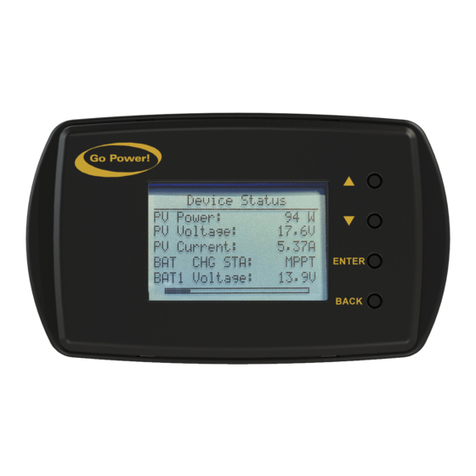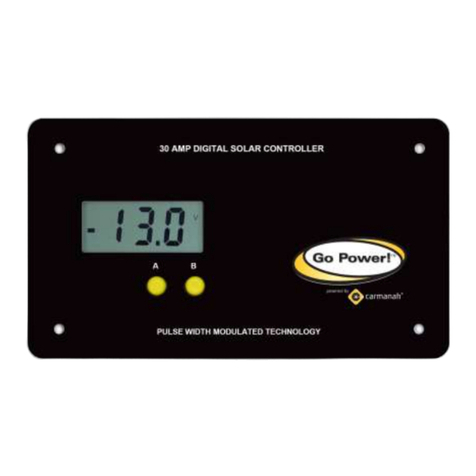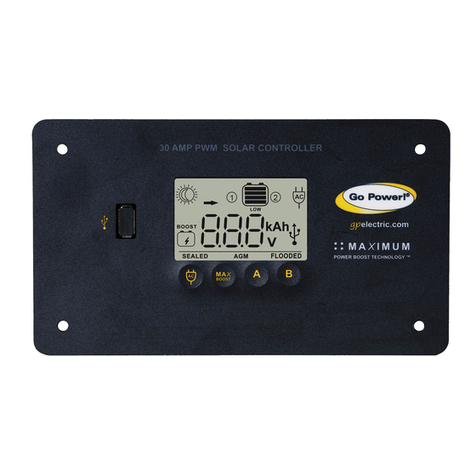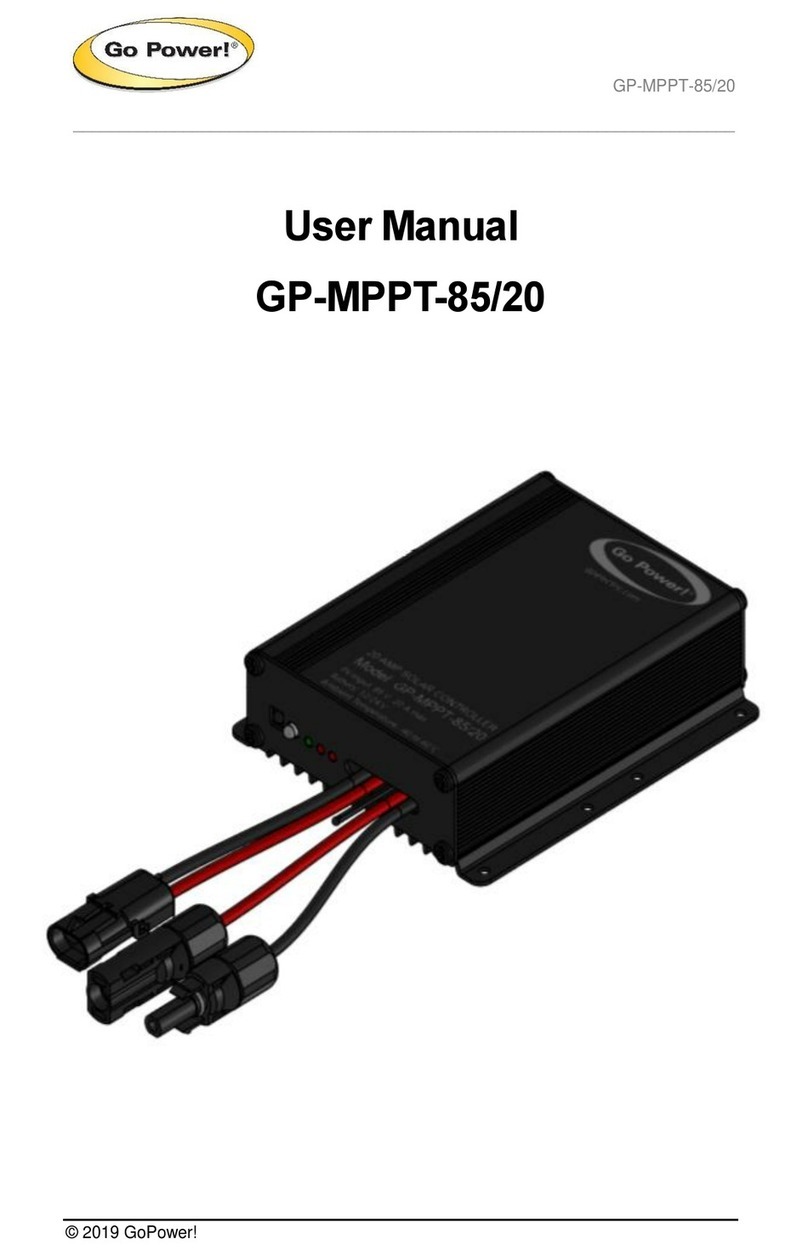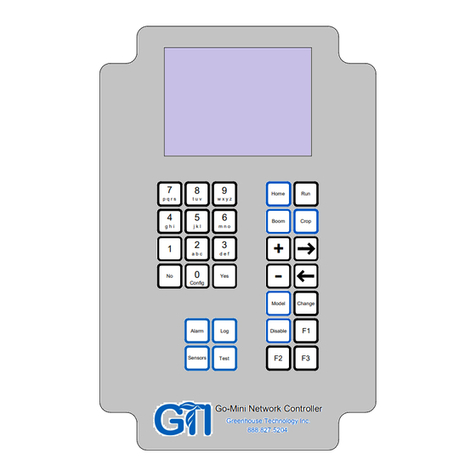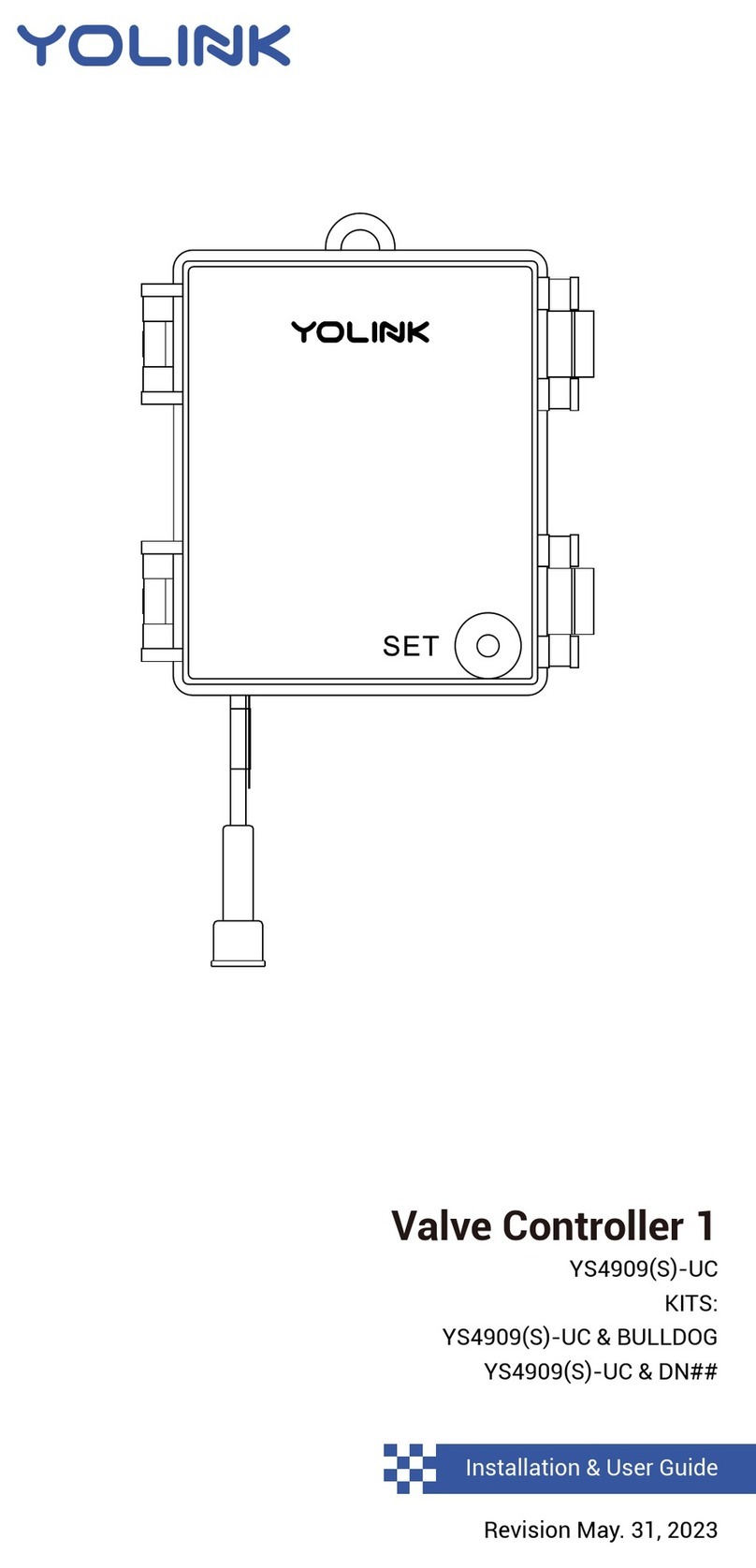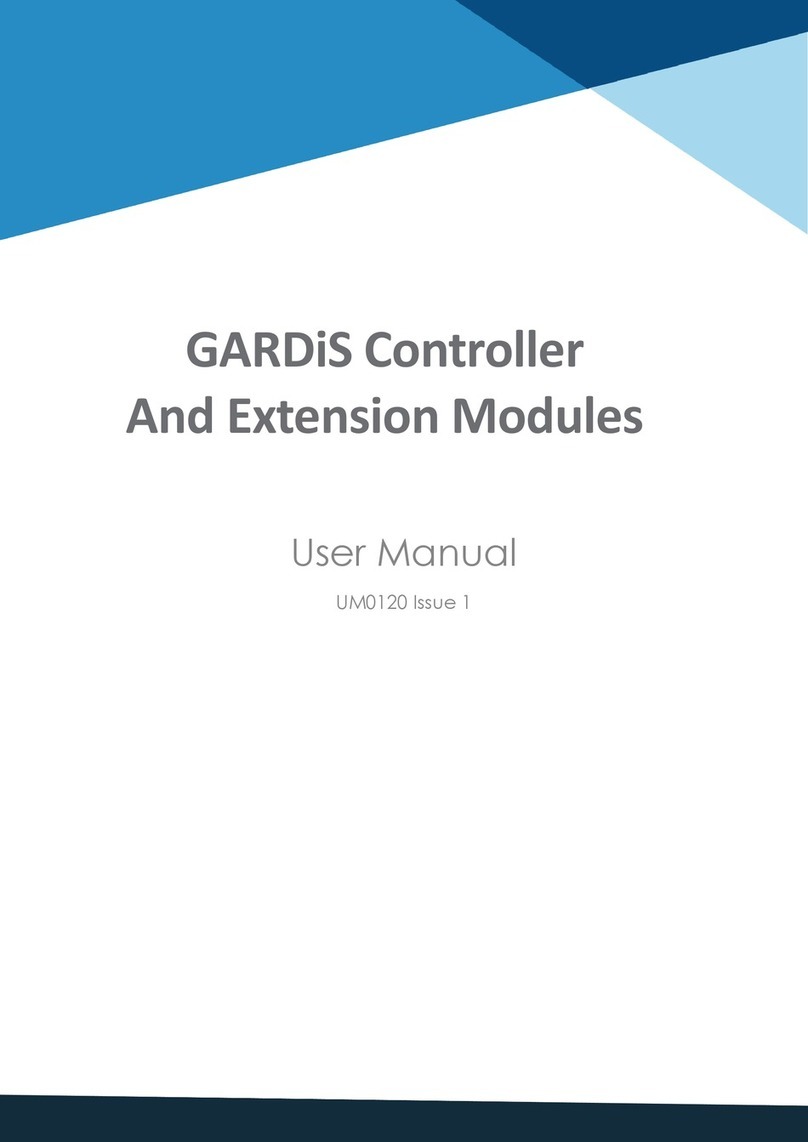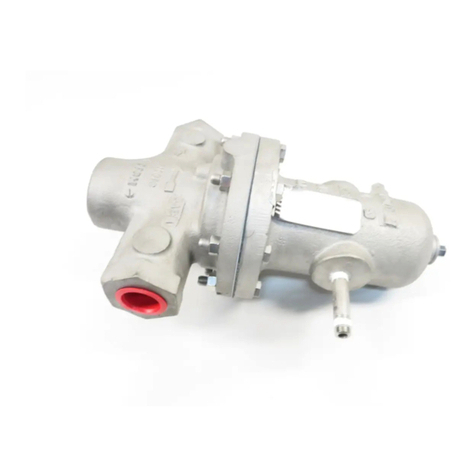Go Power GP-PWM-30-UL User manual




















Other manuals for GP-PWM-30-UL
1
Table of contents
Other Go Power Controllers manuals
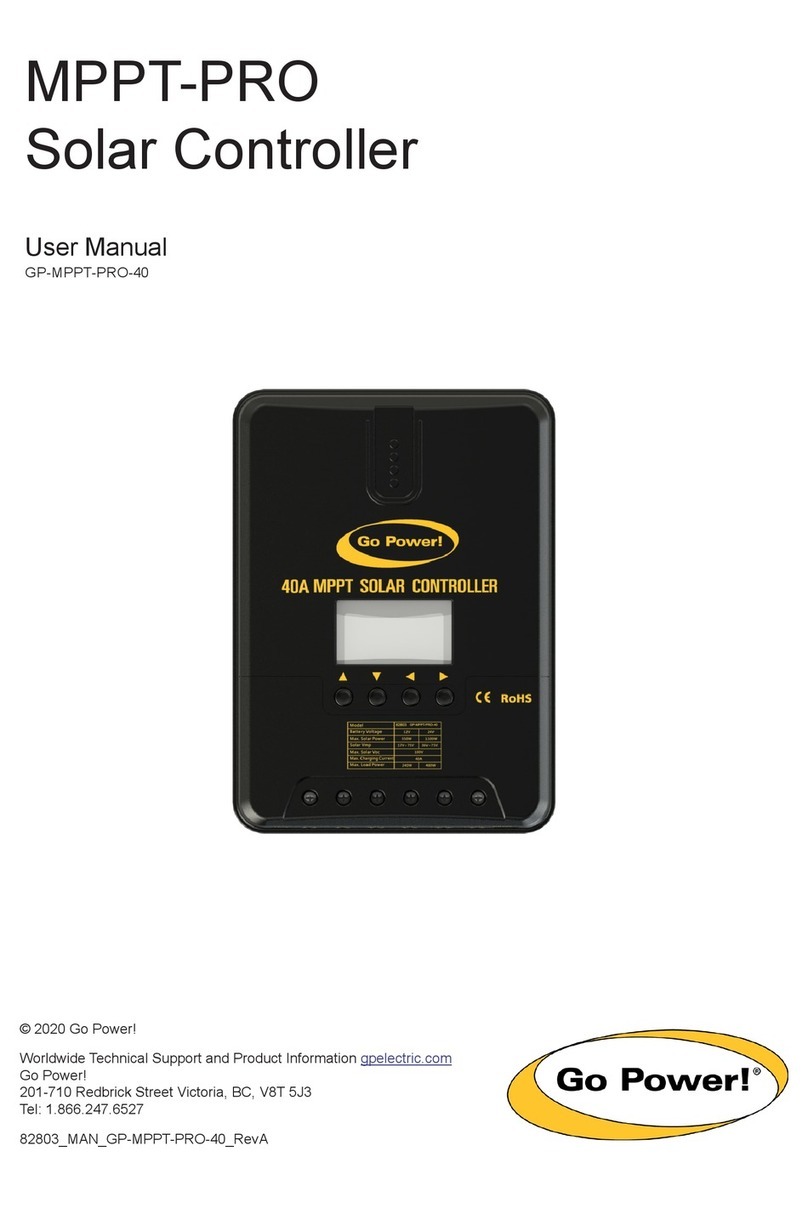
Go Power
Go Power MPPT-PRO User manual
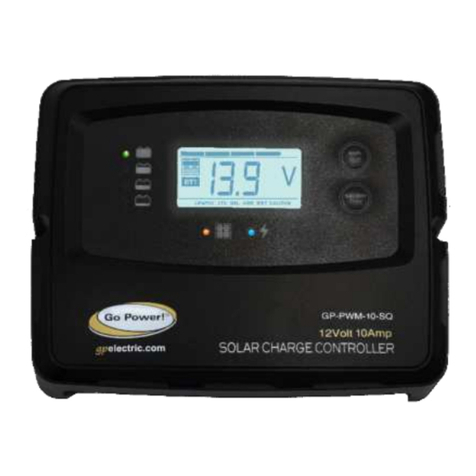
Go Power
Go Power GP-PWM-10-SQ User manual
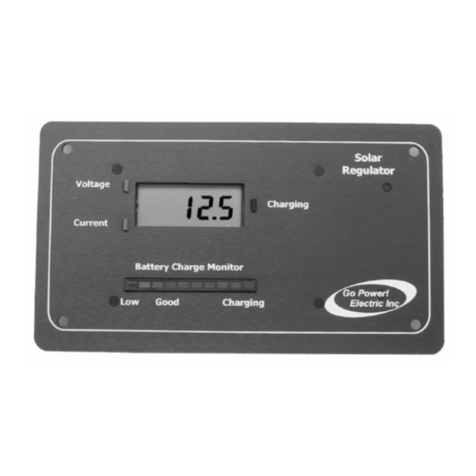
Go Power
Go Power GPR-25 User manual
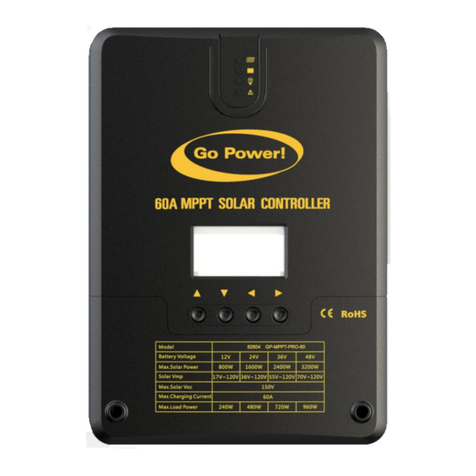
Go Power
Go Power MPPT-PRO Series User manual

Go Power
Go Power GP-DURALITE-100 User manual
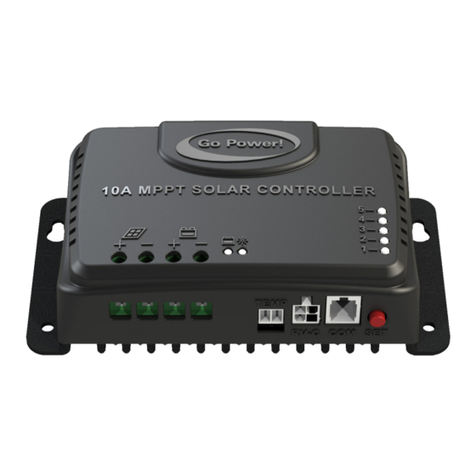
Go Power
Go Power 10 AMP RVC-MPPT User manual
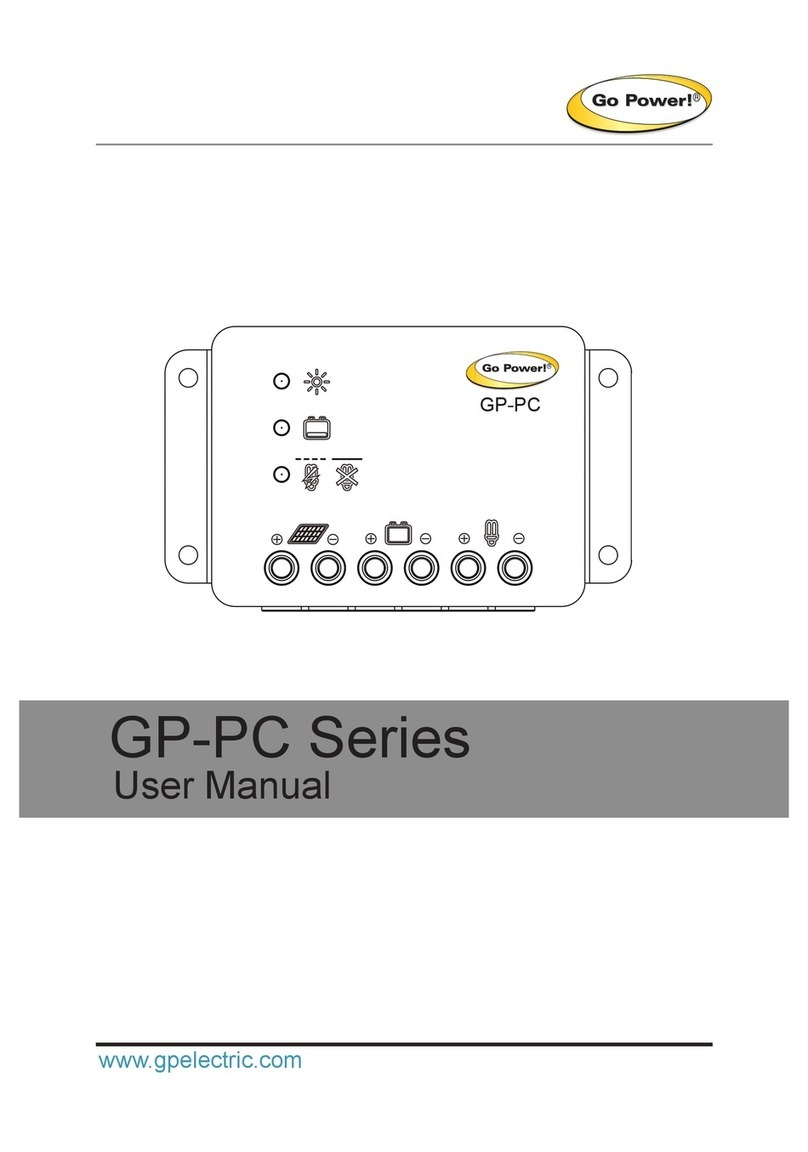
Go Power
Go Power GP-PC Series User manual
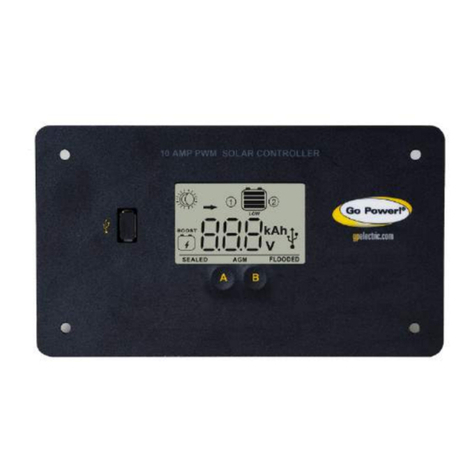
Go Power
Go Power GP-PWM-10-FM User manual
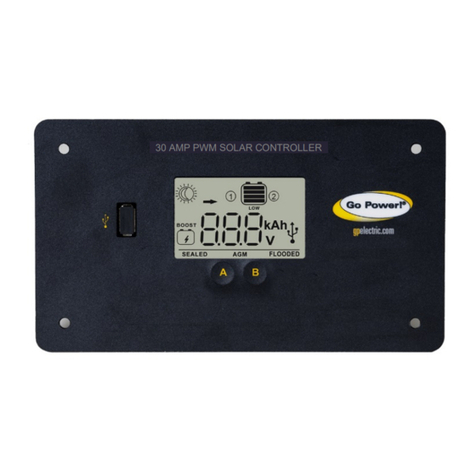
Go Power
Go Power GP-PWM-30-SB User manual
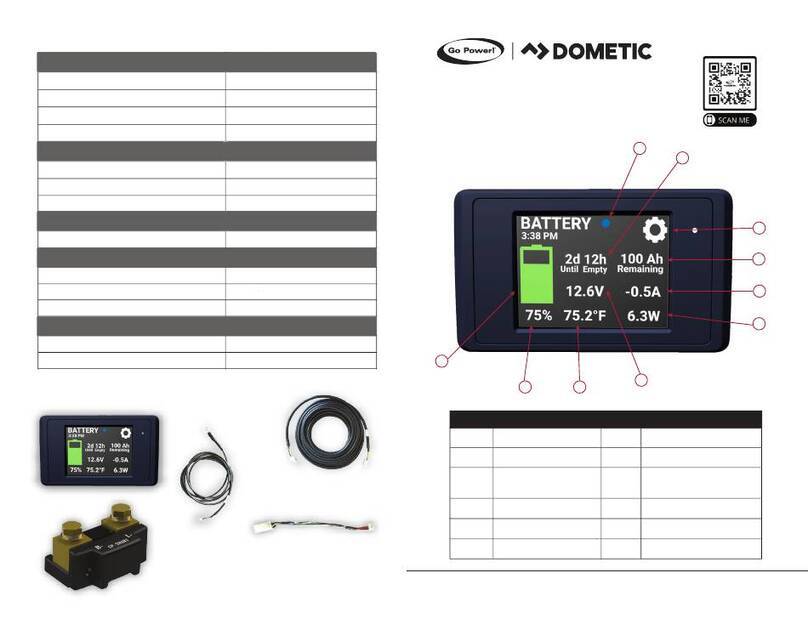
Go Power
Go Power DOMETIC GP-BMG User manual
Popular Controllers manuals by other brands
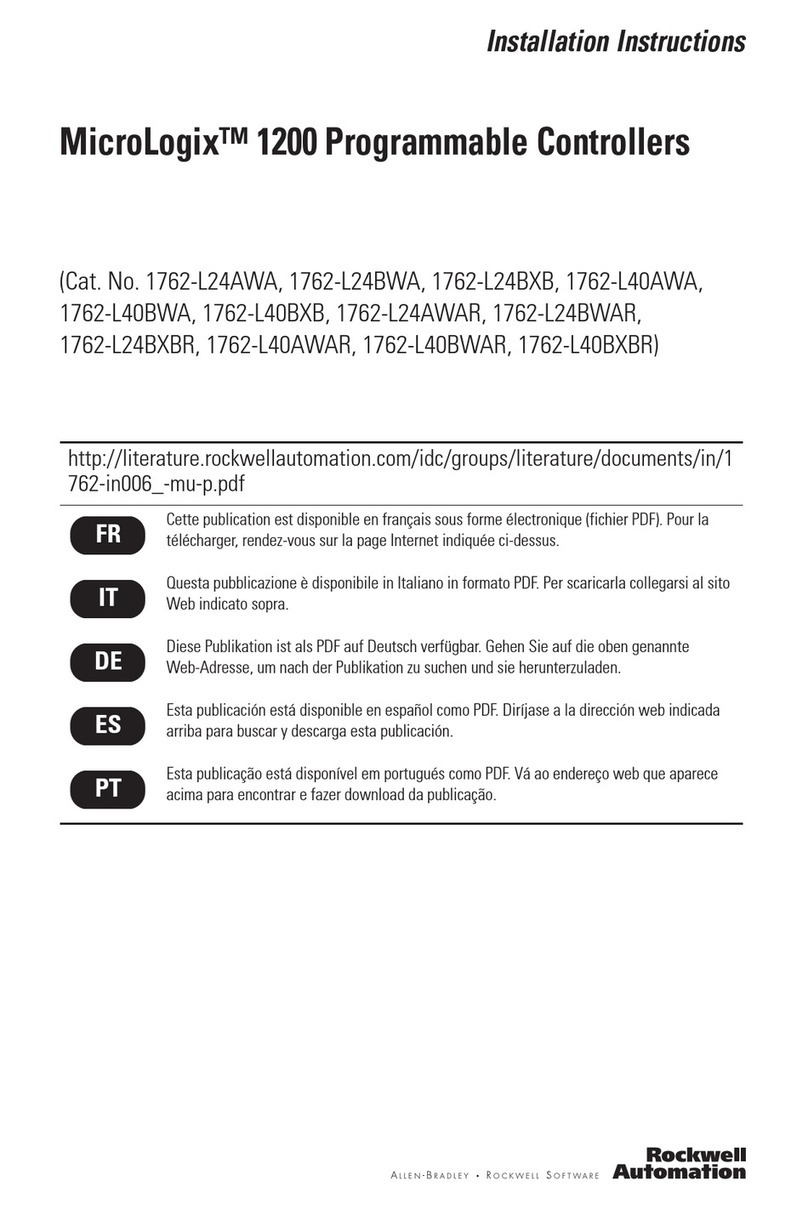
Rockwell Automation
Rockwell Automation micrologix 1200 installation instructions
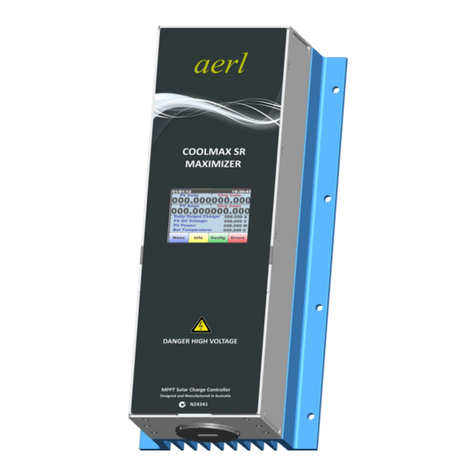
aerl
aerl COOLMAX SR user manual
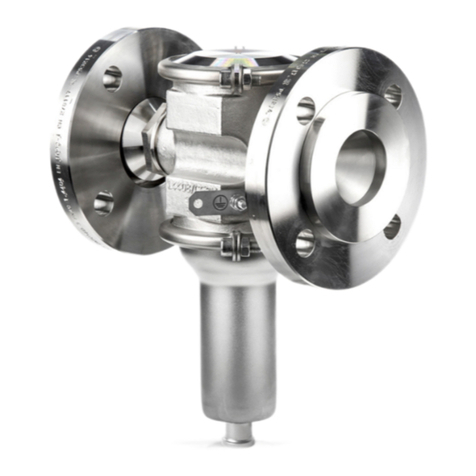
Mankenberg
Mankenberg UV 5.5 ATEX H2 operating manual
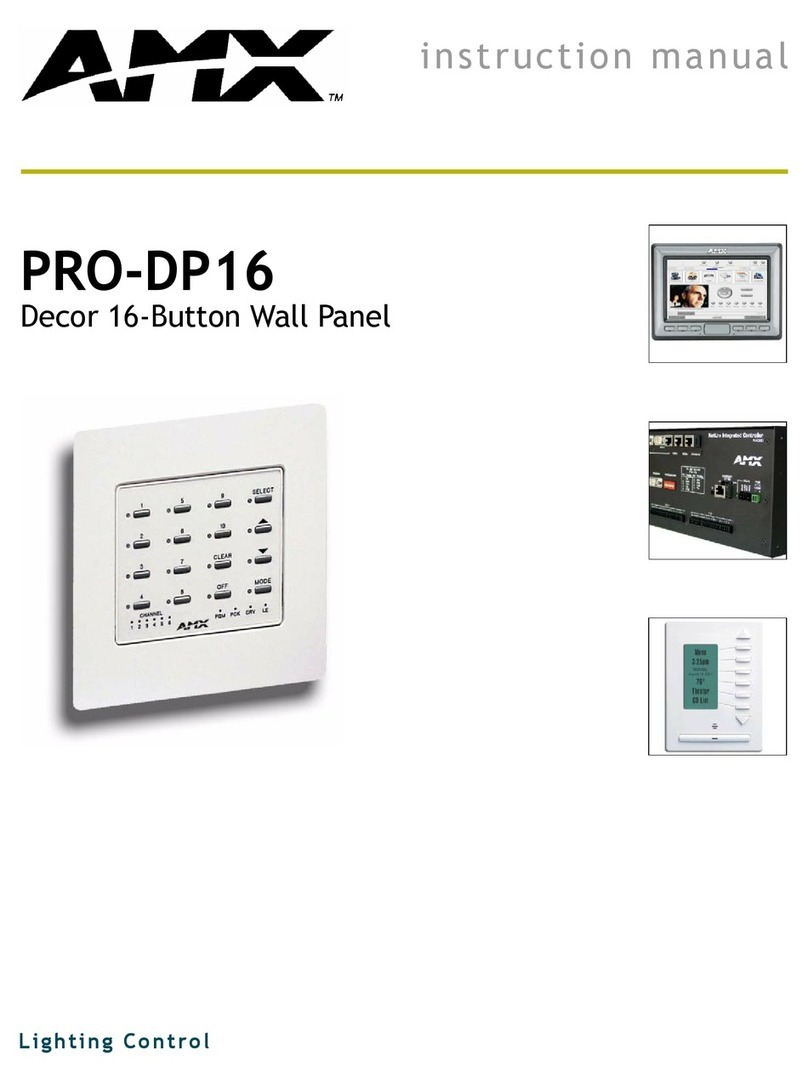
AMX
AMX PRO-DP16 DECOR PROLINK FLUSH MOUNT KEYPAD... instruction manual
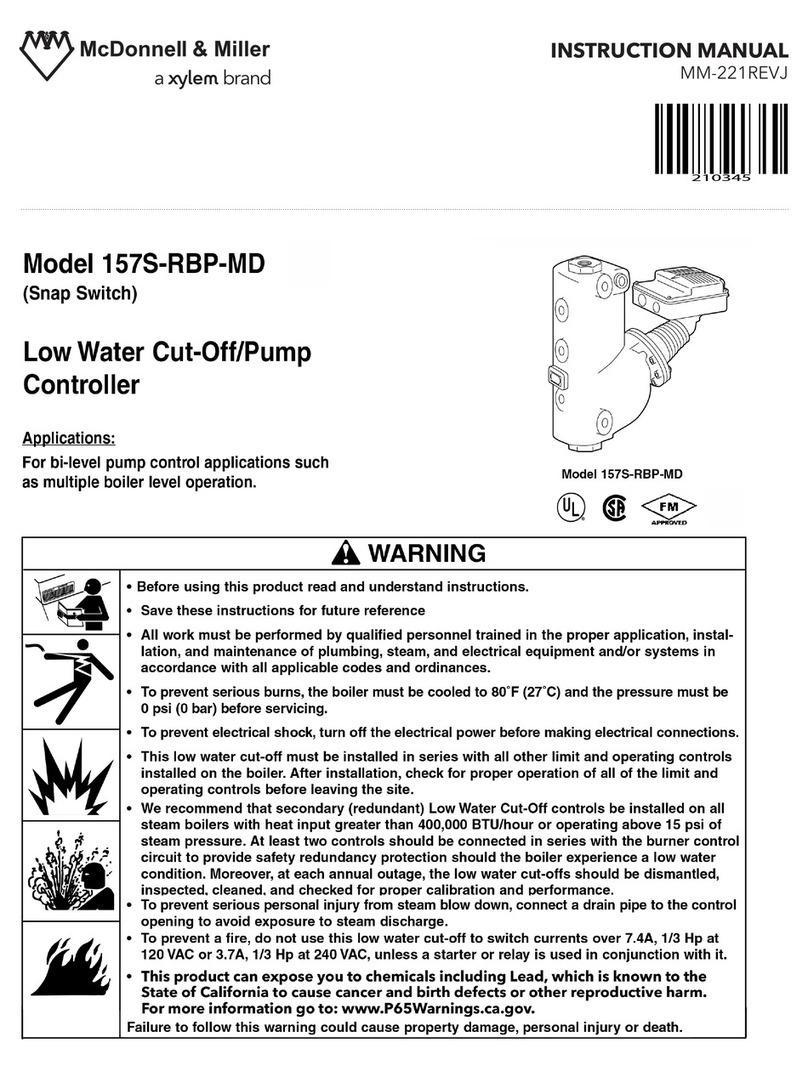
Xylem
Xylem McDonnel & Miller 157S-RBP-MD instruction manual
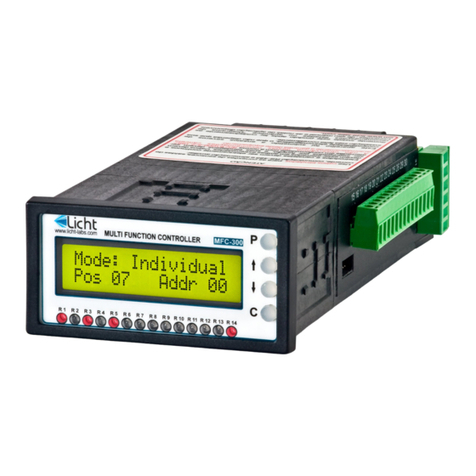
Licht
Licht MFC-300/P Technical manual

VIPA
VIPA System 300V instruction manual
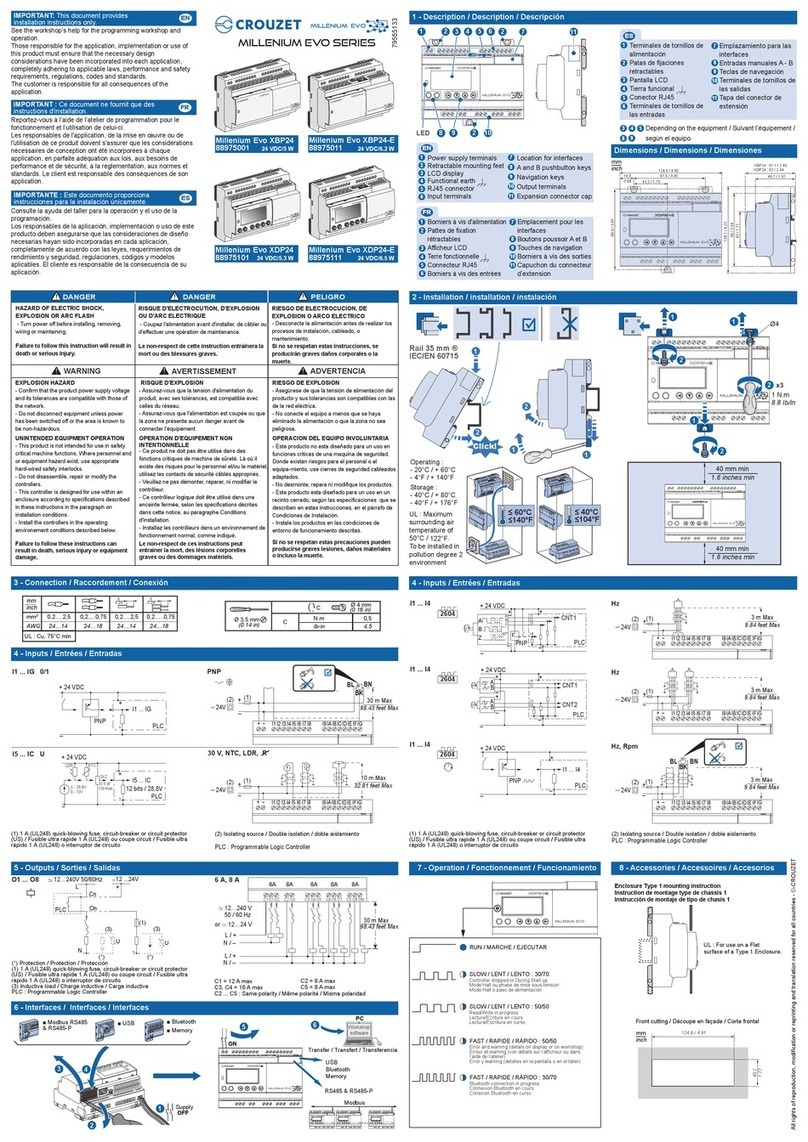
Crouzet
Crouzet Millenium Evo Series manual
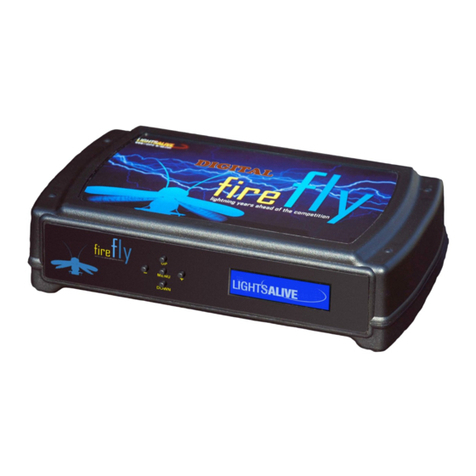
Firefly
Firefly FF-211 Important Instructions and Specifications
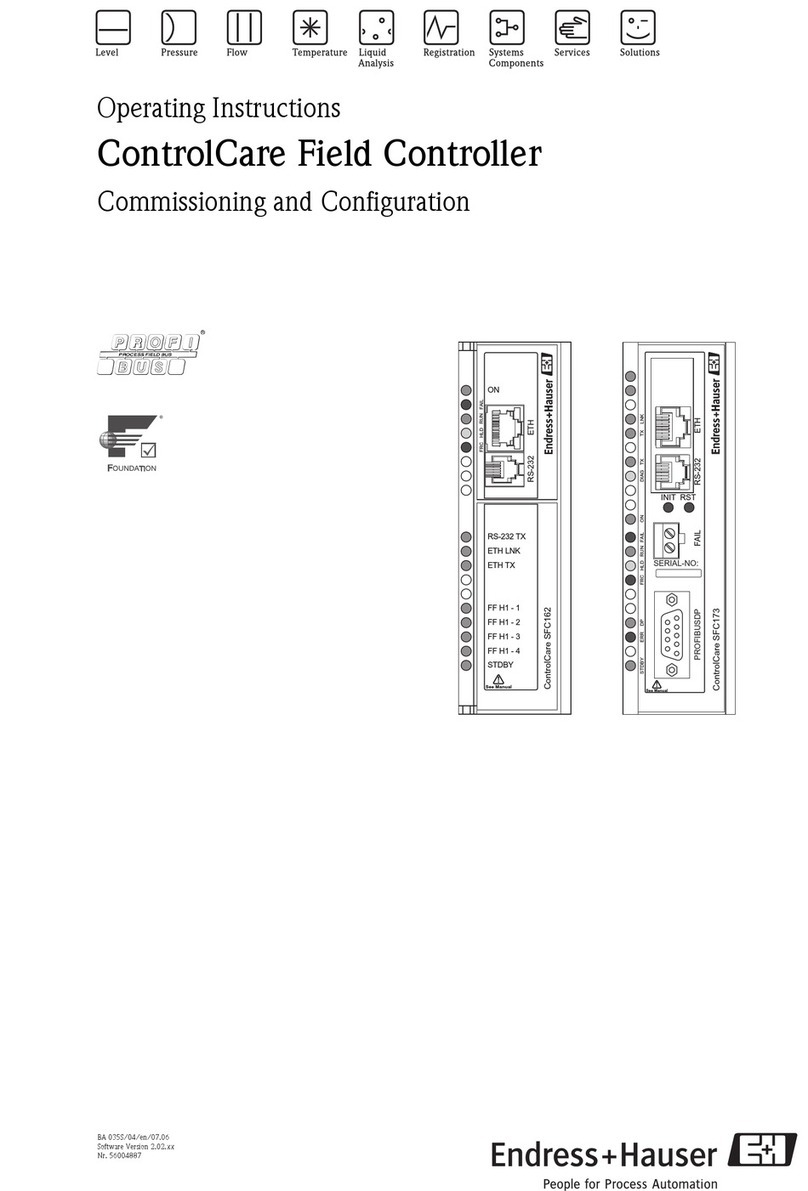
Endress+Hauser
Endress+Hauser ControlCare SFC173 operating instructions
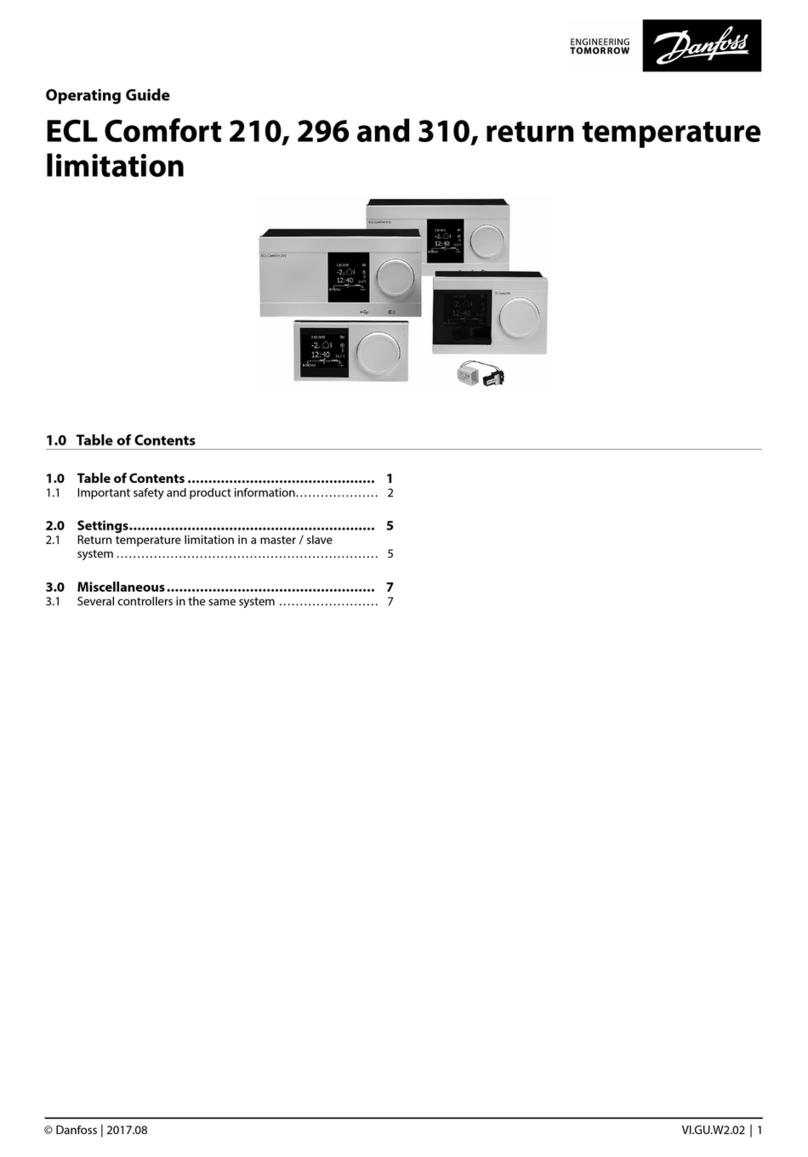
Danfoss
Danfoss ECL Comfort 210 operating guide
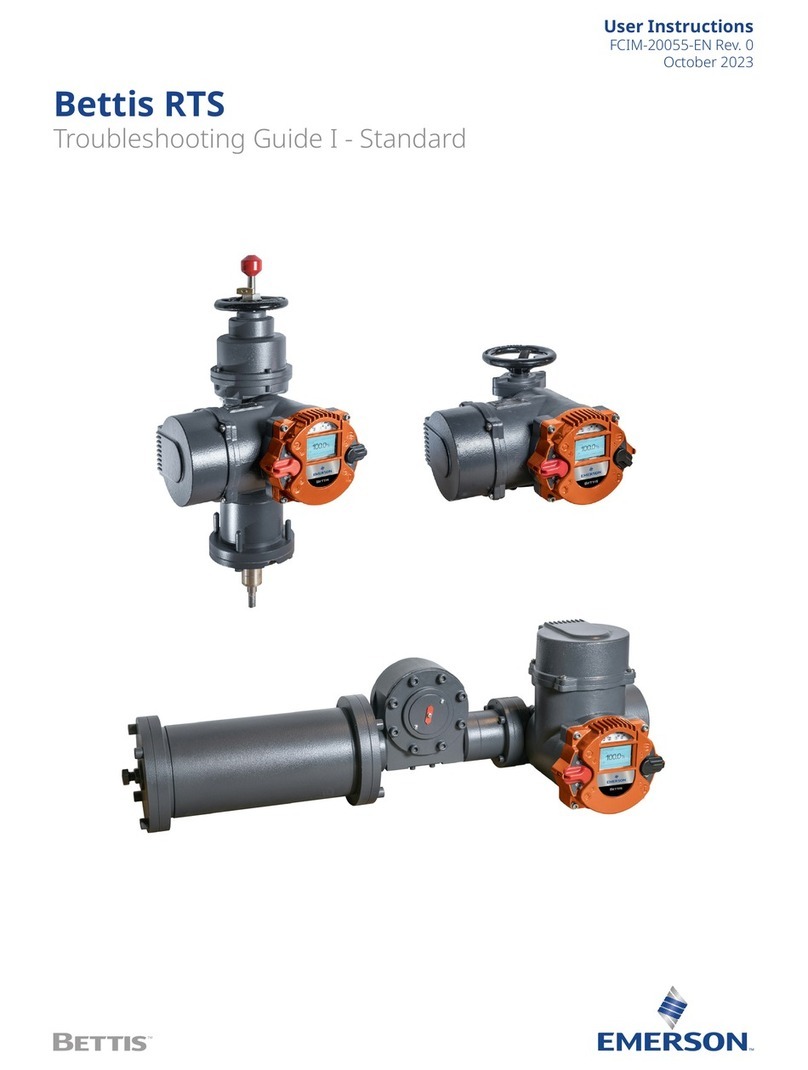
Emerson
Emerson BETTIS RTS FQ troubleshooting guide
